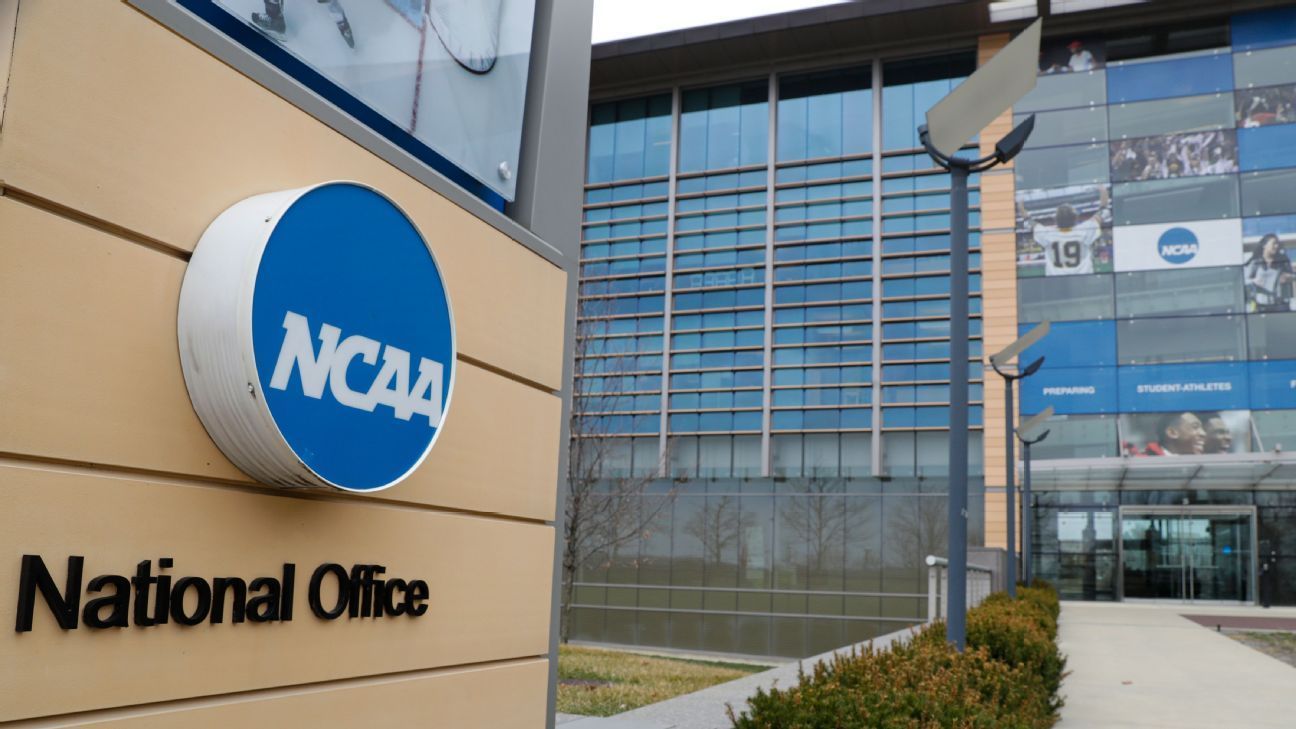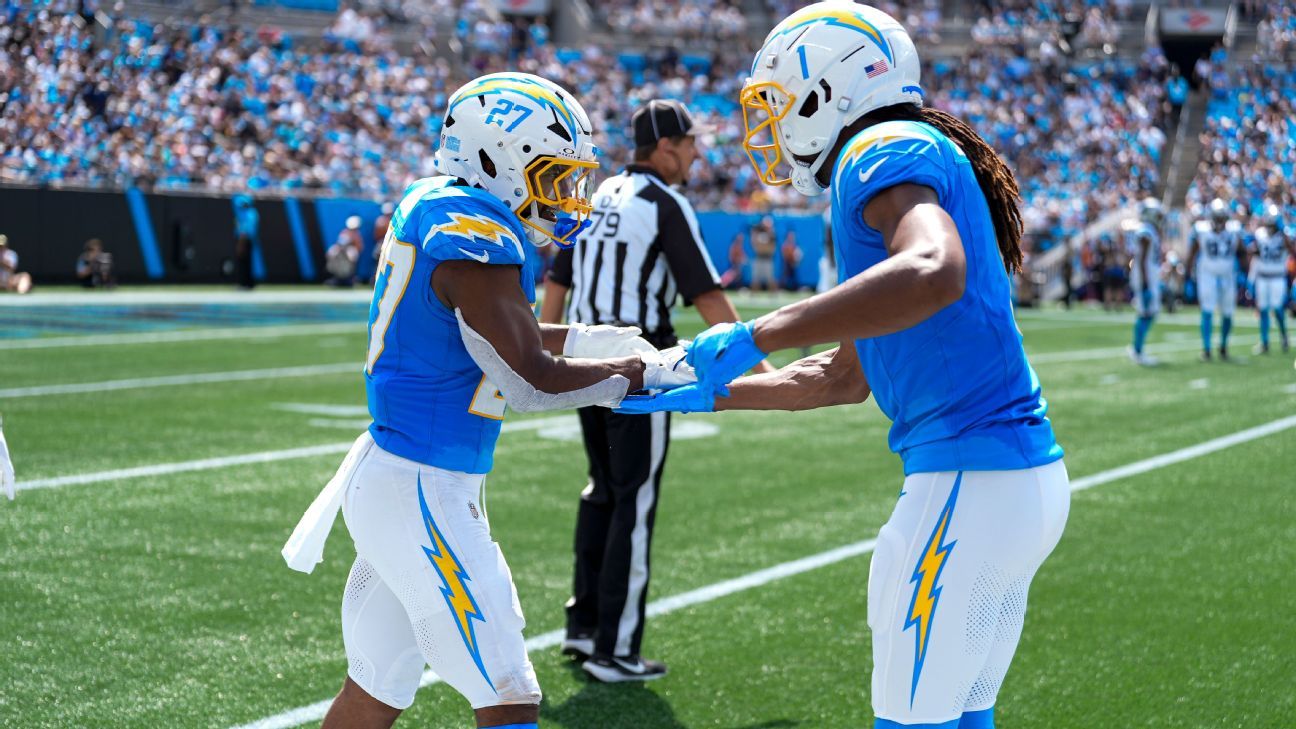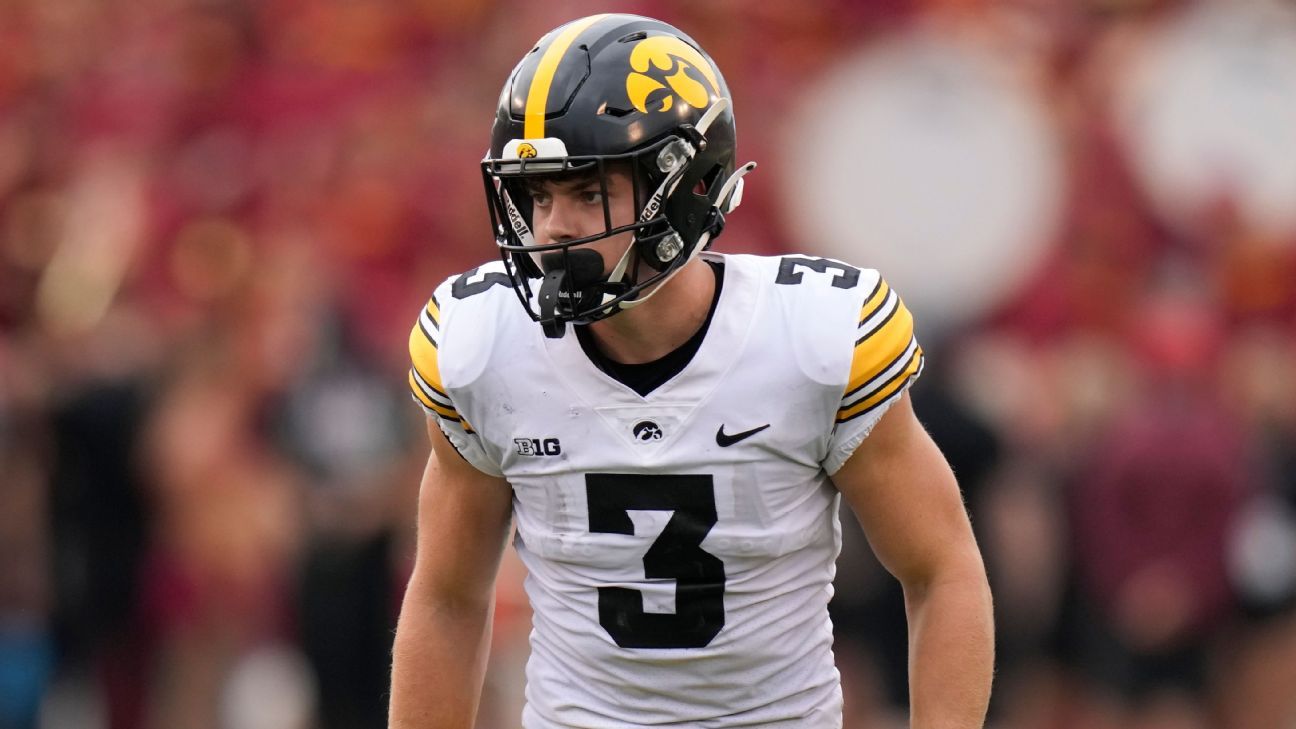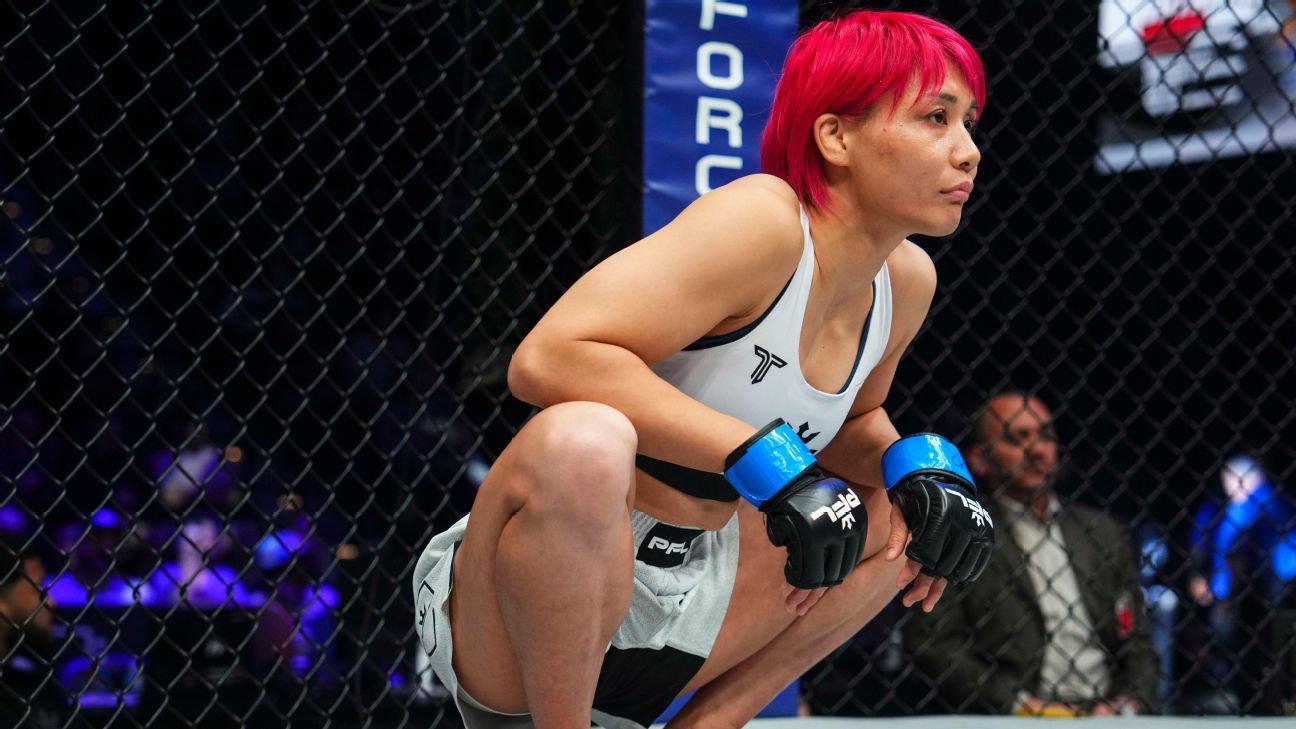University sports changed radically on Friday night.
The schools will begin to pay their athletes directly in less than a month, thanks to a legal agreement that was officially approved in the Federal Court on Friday. Judge Claudia Wilken said that the agreement would create “innovative changes in the NCAA rules that govern the compensation of students-attachments.”
The battle to allow players to share the loot of an industry that has long exceeded any amateur roots that have begun more than 20 years ago. While Friday's decision was a long -awaited milestone, both players and administrators said they see it as a new starting point for the future of university sports, not a finish line.
Sports fans can be forgiven by tuning the tedious legal process that led to this point. We are going to accelerate what this means for the immediate future in university sports and what main questions are still unanswered:
New limits
As of July 1, each school (but not obliged) will be allowed to spend approximately $ 20.5 million on new payments to their athletes.
This figure comes from a negotiated formula that limits the athlete payments to 22% of the average annual income obtained by the schools at the FBS level of ticket sales, transmission rights and some other items. The limit will grow regularly during the useful life of 10 years of the agreement as the income of the schools expands and through programmed incremental increases. Sports economist Daniel Rascher, an expert on the subject used in the liquidation process, wrote that he hopes he grows more than $ 30 million per year when the agreement expires.
The athletics department of each school can decide how to divide that money between athletes. Not many important programs have shared their budget plans, but those who have said that the overwhelming majority (up to 90%) of their money on football and male basketball players will spend.
Athletes are also allowed to earn money by selling the rights of their name, image and likeness (NIL) to other parts. The agreement creates a new set of rules and a new organization called College Sports Commission that will try to prevent drivers from using null agreements such as additional salary payments, a practice that became a common place in recent years.
However, many teams are already working in concert with reinforcement groups to find creative ways to fill their payrolls with null third -party offers that fit the new rules. Industry experts say that football and basketball teams will probably have to find ways to provide several million dollars beyond the salary limit limits if they want to form a team that can compete for championships.
New legal challenges
Friday's agreement ends a trio of federal antimonopoly demands that had the potential to financially weaken the NCAA. But the agreement does not end the long list of legal problems for the business model of the university sports industry.
The contracts that athletes are now signing with their schools will probably reinforce the current legal arguments that at least some university players should be considered employees of their schools. The NCAA is fighting more than a dozen demands that challenge the rules about how long athletes are allowed to remain in university sports.
Many sports lawyers expect key parts of the agreement to stimulate a new flood of demands: both the negotiated salary limit and the attempts of the Sports Commission of the University of Queruting the agreements between athletes and third parties could be the objective of future antimonopoly challenges. It is likely that schools also have to defend their decision to provide most of the new payments to male sports teams against statements that their budgets violate the title IX, a federal law that prohibits gender -based inequality.
The next steps of the NCAA
The president of the NCAA, Charlie Baker, and many of his colleagues say that the only way to solve these remaining legal problems is that Congress write a new law that prevents athletes from becoming employees and gives the association an antimonopoly exemption to establish rules that limit the income power of the players.
“In the coming weeks, we will work to show Congress why the agreement is a massive victory for athletes and a road map for legislative reform,” Baker wrote in an open letter on Friday night.
The NCAA and its schools have been pressing help to federal legislators in recent years, but have progressed little towards a new law. They hope that the expensive commitments they made in the agreement stimulate some measures in next year.
The next steps of the players
A growing athletes and their defenders say that the best way to solve the remaining legal problems of the industry is through collective bargaining.
Professional sports can establish legal salary limits and restrict players transfers negotiating those powers with the union of a player. Because university athletes are not employed, they cannot form unions. Without unions, it is not clear that any of the limits negotiated in the new agreement can withstand future antitrust demands.
Sedona Prince, a main plaintiff in one of the demands that led to the agreement, told ESPN on Friday night that she and her companions expect the agreement to be a launch platform to increase the power of the players in the configuration of new rules.
“We just entered a new world,” said Prince, who finished his career in university basketball earlier this year. “It is a guide for us to build and add in the future. We need this base. We are now being treated as Semipro athletes, but there are many concerns in the future to improve the health of the players and the representation of the players in decision making.”
Prince is a member of Athletes.org, one of several groups that aims to form the associations of players that could evolve towards unions in the future.
These university groups and administrators are already preparing for the next tedious stages of a battle that will continue to develop in the courts and halls of Congress in the coming years.












